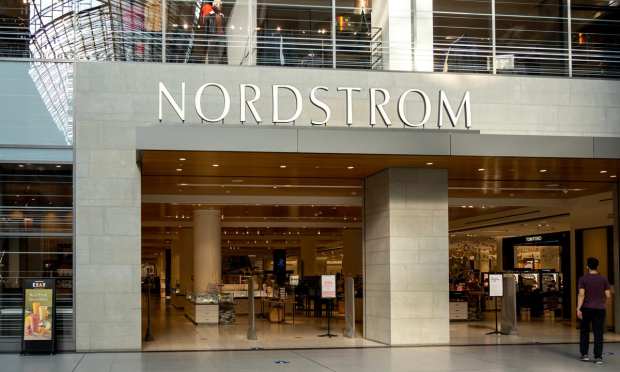Nordstrom Becomes First Digital Majority Brick-And-Mortar Retailer

Nordstrom crossed a critical digital-first economy threshold in its earnings announcement on Tuesday (Nov. 24). It became the first brick-and-mortar retailer to earn the majority of its revenue from eCommerce as 54 percent of its third-quarter take came from digital channels.
“We view this as a fundamental shift in shopping behavior, and we are well-positioned to support our customers across both Nordstrom, and Nordstrom Rack (outlet stores) with a scalable platform that has been built to support many years of growth,” CEO Erik Nordstrom told the company’s earnings call. “But we also know that we must translate the heritage of service that defines us more effectively in this digitally connected world. It means delivering personalization at scale by creating greater linkages between the digital and the physical experience.”
The honor of the first digital majority may be a bit dubious and fleeting. Dubious because the company operates and pays leases on 350 stores and on the flip side of the coin, it only generated 46 percent of its revenue from them. Fleeting because the company moved its anniversary sale from Q2 to Q3 this year and most of that business was online. In fact, 60 percent of the sales were conducted online with 80 percent of that number coming from loyalty program members. Overall net sales for the chain decreased 16 percent, and would have dropped 26 percent if not for the digital upgrade. Digital sales accounted for $1.6 billion in the quarter.
Nordstrom also profited from using its stores as fulfillment centers; 25 percent of its digital orders were picked up at Nordstrom or Nordstrom Rack.
“Digital is particularly important right now,” Nordstrom said. “And so while the uncertainty for [the] fourth quarter exists, we’re in a much better position now than we were before. We have our Rack stores able to fill orders now and we really don’t have any place in our ecosystem where inventory gets trapped. It also allows us to offset some shipping expenses that may be a problem in time. But I think the point for us is that we’ve got number one, this digital scale and number two, the connection to our physical assets to be well-positioned for a majority digital business.”
The company did not extend any end-of-the-year guidance outside of an expected 20 percent decrease for Q4 over 2019.
“As you know it’s a very fluid environment right now and we are really well set up to respond to how the customers want to shop,” Nordstrom said. “We’ve done a lot; we’ve learned a lot from March and April; and we’ve made sure that we were going to be as flexible and agile as possible in order to meet the holiday demand out there. So the way we’re thinking about it, is we … have inventory out of our stores where you can sell a lot of fulfillment capabilities, both in our Rack business and our full-price business. And we’re also going to drive curbside pickup pieces as well, so we’re seeing a very fluid situation, but we’re really making sure that we’ve got a good scenario to ensure that we can sustain and drive our business.”
By the numbers, the chain delivered earnings before interest and taxes of $106 million, down from $193 million during Q3 2019.
